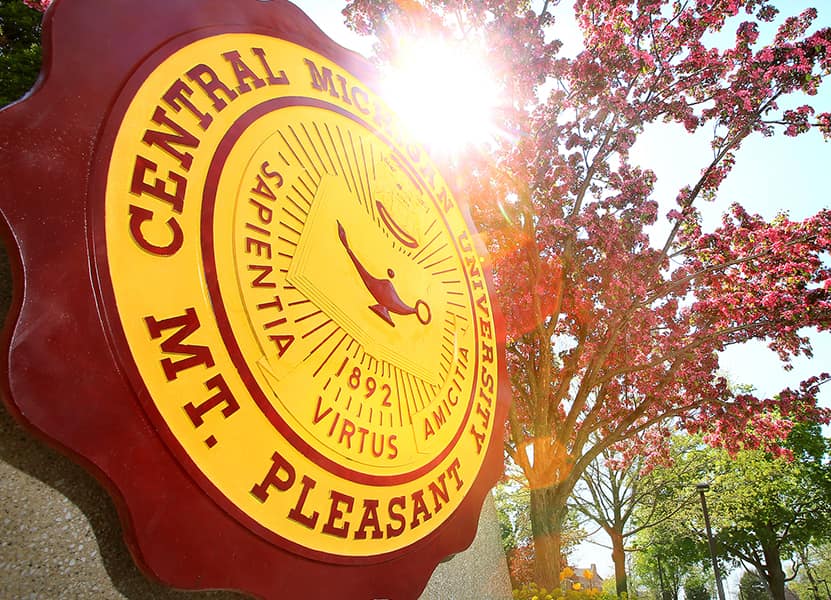The Herbert H. Dow collection, 1900, 2013, consists mostly of copies of newspaper clippings, publications, patents, images, maps, scrapbooks, correspondence, major correspondence is with geologist Raymond G. Vugrinovich and British artist Arthur Henry Knighton-Hammond, taxes, obituaries, indexes and finding aids. Some original notes and publications are also included. The collection was gathered by Kohrman for an exhibit in the Clarke Historical Library and a PowerPoint presentation he did on Brine in Mount Pleasant. The collection is in original order as organized by Kohrman, with his index in the front of Box 1.
Additional collections by/about Kohrman are housed at the Clarke, while the ACS. Midland Chapter records are on loan to the Clarke.
Processing Note: Duplicates were returned to the donor. A number of the copies were made of originals in the Clarke. Five items were separately cataloged.
Biography:
Robert E. Kohrman is the emeritus Dean of the College of Science and Technology at Central Michigan University, a strong supporter of the Clarke Historical Library. He has an avid interest in fly fishing. Kohrman is a member of the American Chemical Society (ACS). Midland Chapter. A CMU scholarship was established in his and his wife’s name, Cordelia B. Kohrman, in 2005. (This information is from the College’s webpage, accessed in Oct. 2016.)
Herbert H. Dow (1866-1930) was born in Belleville, Ontario. He graduated from Case School of Applied Science in 1888. In 1891 he received a patent for the process of extracting bromine which was then used in patent medicines and photography’s of salted paper prints. In 2016 it is widely used as a fire retardant while its use in the medical industry has declined. He formed the Midland Chemical Company to manufacture bromine in 1892 and The Dow Chemical Company in 1897, merging both companies by 1900. His new process using electrolysis saved time, energy, exposure to toxic bromine and in one step got the desired product. This had a powerful impact on the industry. By 1903 Dow was clearly running the combined companies and began exporting brine to Europe and Japan.
Mount Pleasant was considered a good place to find brine as it is closer than Midland to the Marshall Aquifer and therefore the brine should have more bromine in it. In January 1903 Dow began to work with town leaders to purchase Mount Pleasant property to test for brine wells. On January 1, 1904 the first bromide product was finally made and shipped (several tons). A fire occurred August 12, 1903 in the Mount Pleasant building called Bromide Plant F. Within a year the plant was rebuilt. Ten wells were dug between May 1903 and January 1917. Before World War I Emerson Drug Company, which made Bromo Seltzer, purchase almost 100,000 pounds/year of bromide from Dow. During the war, bromine increased greatly in price. By 1920 Dow no longer advertised potassium bromide. In the early 1920s there were between thirteen and fifteen wells. By 1923 the Mount Pleasant Dow property was used as a golf course. (This information is from the collection. For more information on Herbert H. Dow, please see other primary and secondary sources about him and his company in the Clarke.)
